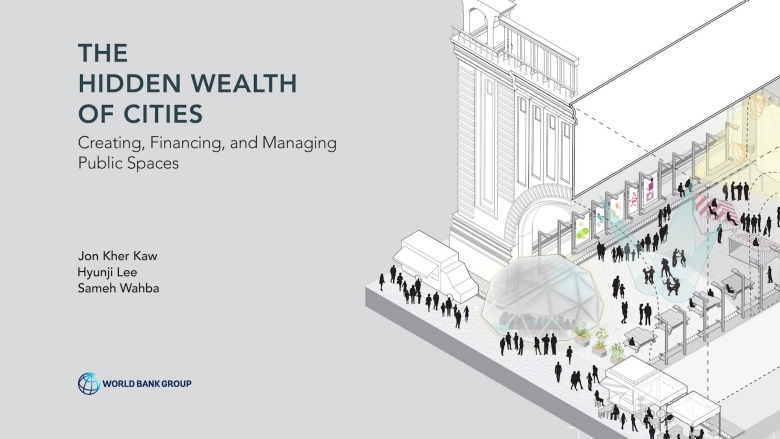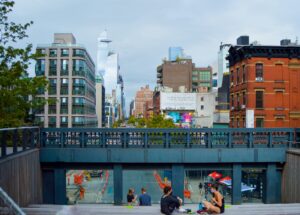Globally, about one-third of a city’s land area is covered by public spaces —ranging from city streets, neighborhood squares, parks to public facilities such as libraries and markets.
Despite this significance, the potential of public-space assets—typically owned and managed by local governments—to transform cities and improve urban life is often overlooked for many reasons: poor and ad hoc urban planning, financial constraints, and other pressing priorities arising from rapid urbanization. The resulting degradation of public spaces into congested, vehicle-dominated, and polluted places often becomes a liability, creating a downward spiral that drains public resources and exacerbating various city problems.
In contrast, the cities that invest in the creation of connected, inclusive public spaces and places buck this trend and fare much better. They leverage public-space assets to create value for the surrounding area, supporting livelihoods and promoting local businesses; and spur urban revitalization and innovation, further attracting firms and talent. These cities are also able to reap the economic benefits of well-conceived public spaces.
Successful public spaces also add to a city’s quality of life by improving city walkability, public safety, social inclusion, neighborhood vibrancy, urban health, and citizen well-being. In many cases, public spaces also enhance urban resilience and city functioning by integrating with infrastructure, urban systems, cultural heritage and green spaces.
To unlock the value within public spaces, cities must take timely action—working with governments, communities, and other public and private partners—to invest in the co-creation of human-centered, environmentally sustainable, economically vibrant, and socially inclusive public spaces.
Read the full article on World Bank.
Download the publication to read the case studies and learn how city leaders, policymakers, and urban practitioners can better plan, finance, and manage both government- and privately owned public spaces to achieve livable cities for all.
Recommended by Luisa Bravo











More Stories
A stealthy reimagining of urban public space by Elizabeth Diller
Security by Design: Protection of public spaces from terrorist attacks
10 years of Global Public Space Programme – Annual Report 2022 and reflections on a Decade of Public Space